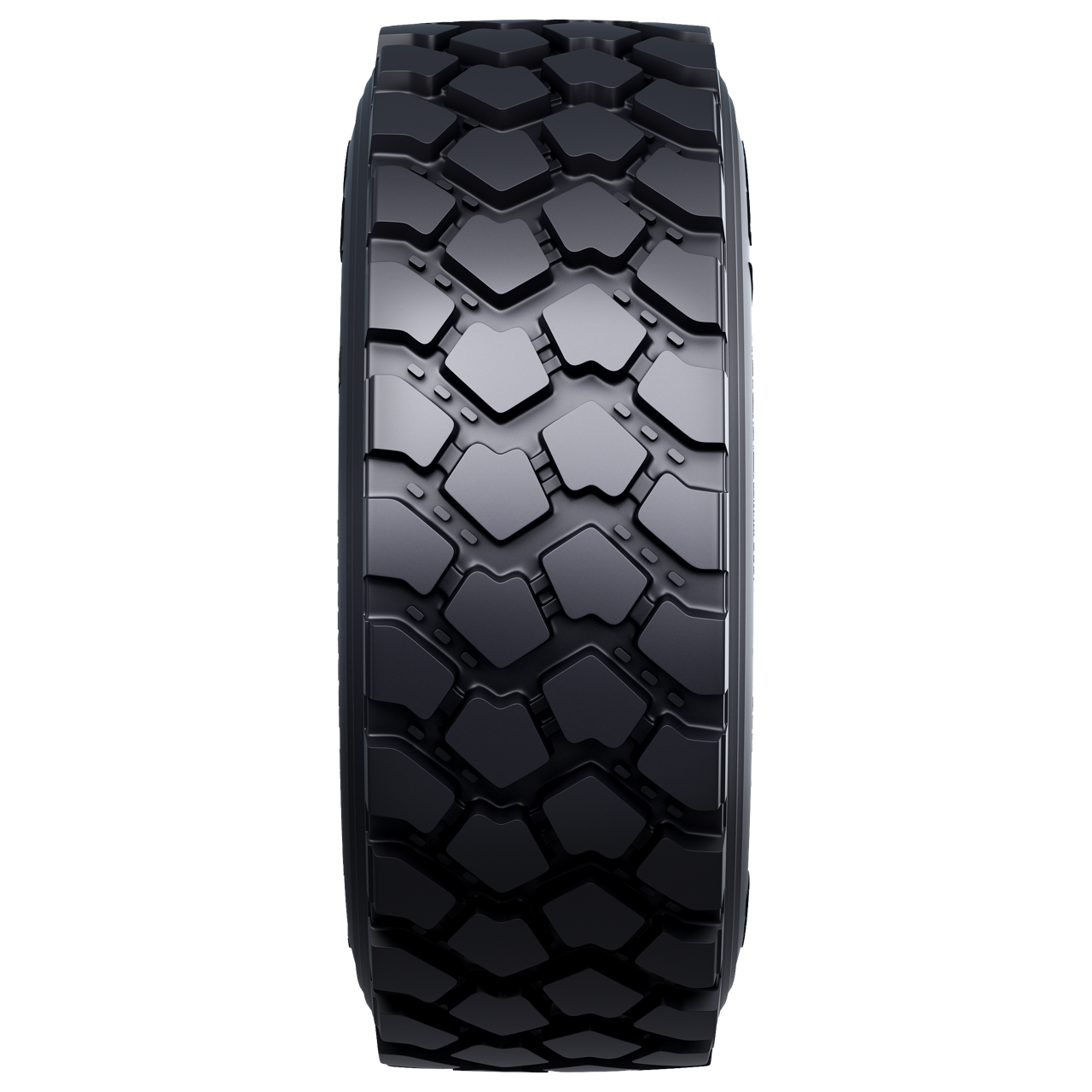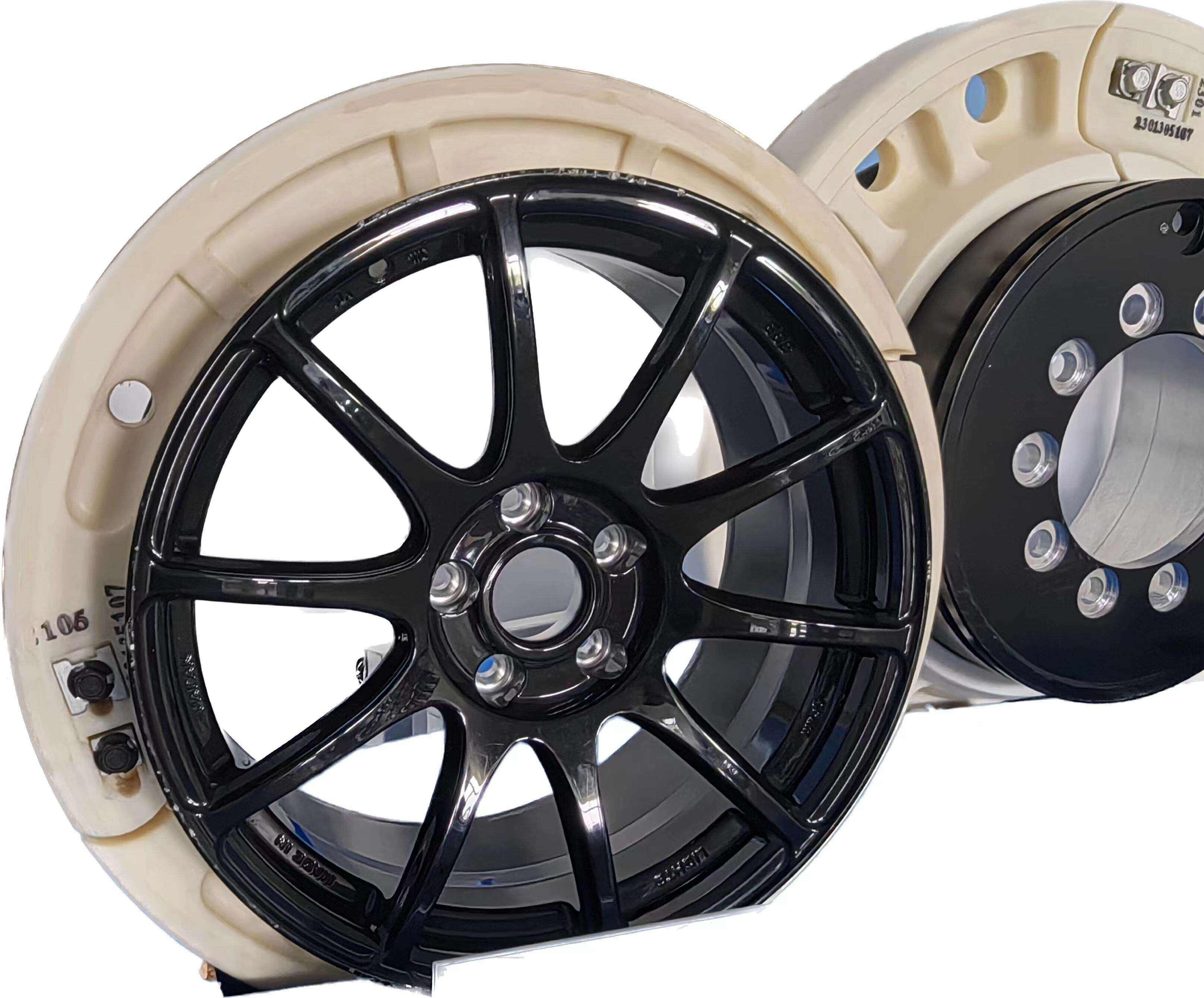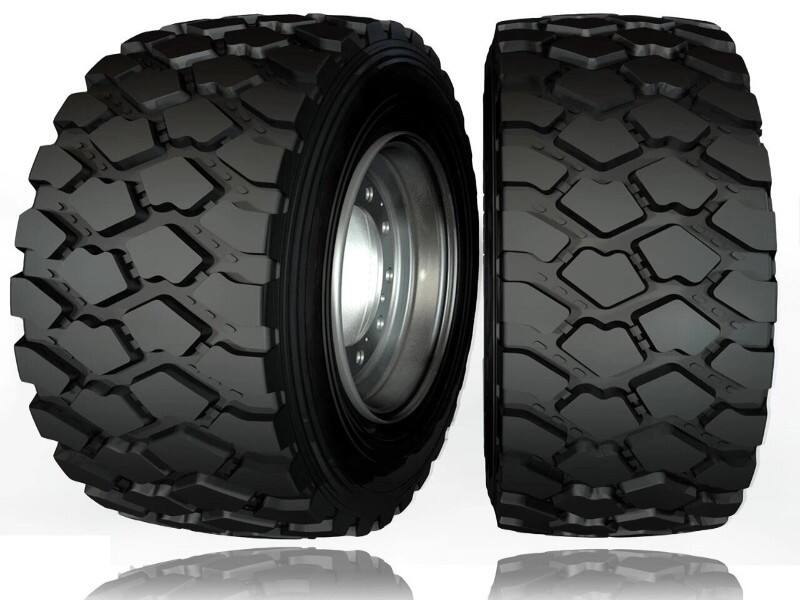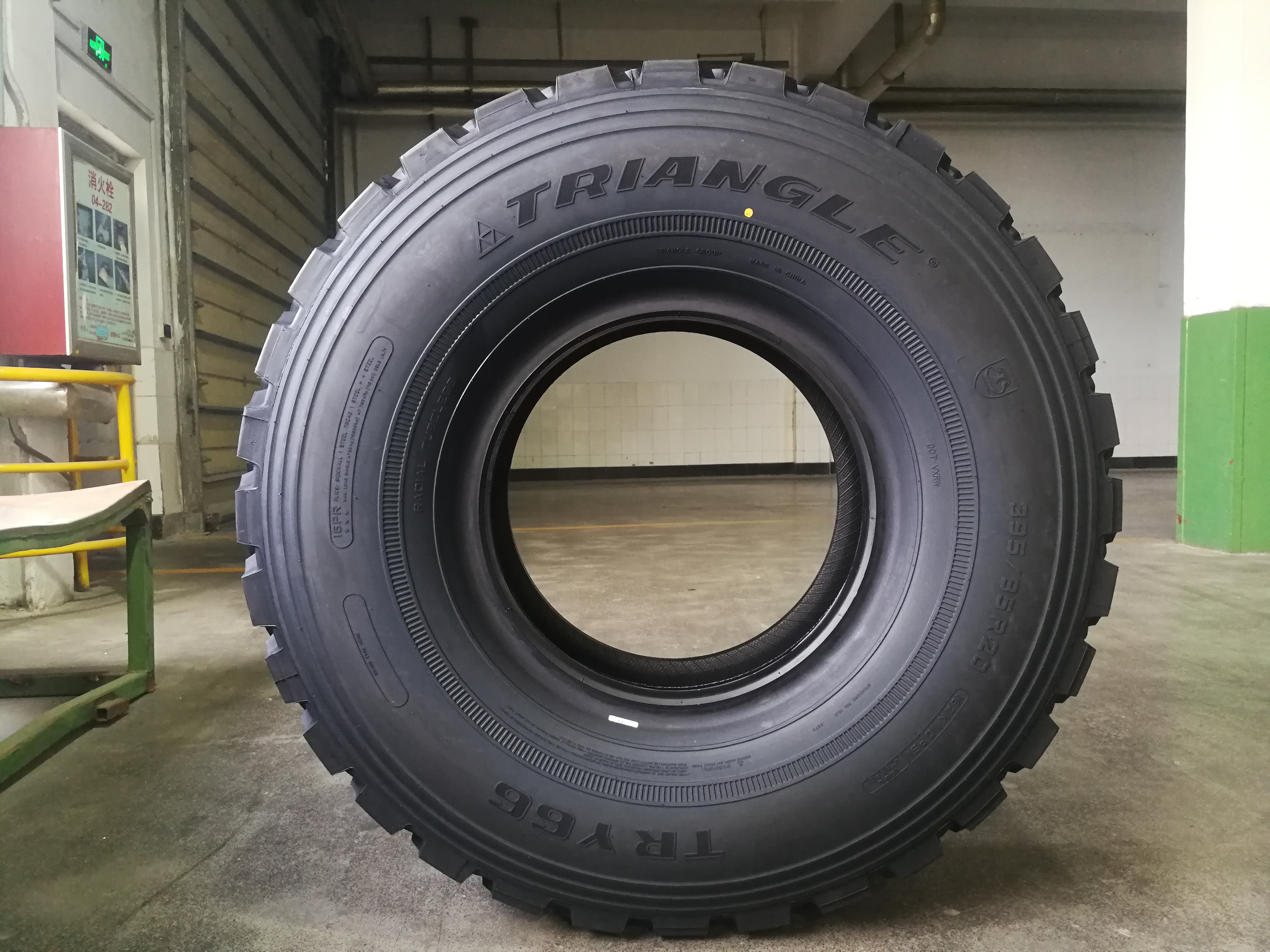self driving car
Self driving cars represent a revolutionary advancement in automotive technology, combining sophisticated sensors, artificial intelligence, and advanced computing systems to navigate roads autonomously. These vehicles utilize an intricate network of cameras, radar, lidar, and GPS systems to create a comprehensive view of their surroundings. The core technology processes real time data to make instant decisions about steering, acceleration, and braking. Advanced algorithms enable these vehicles to recognize traffic signals, pedestrians, other vehicles, and road conditions, allowing them to navigate complex traffic situations safely. The cars feature multiple levels of autonomy, from basic driver assistance to fully autonomous operation, where human intervention is unnecessary. These vehicles incorporate machine learning capabilities, continuously improving their performance through real world driving experiences. Safety features include emergency braking systems, lane keeping assistance, and adaptive cruise control. The technology extends beyond personal transportation, finding applications in logistics, public transport, and delivery services. Self driving cars are designed to comply with traffic regulations, maintain optimal speeds for fuel efficiency, and select the most efficient routes. The integration of connectivity features allows these vehicles to communicate with other cars and infrastructure, creating a networked transportation ecosystem that enhances overall traffic flow and safety.

 EN
EN
 AR
AR
 BG
BG
 FR
FR
 DE
DE
 HI
HI
 IT
IT
 JA
JA
 KO
KO
 PL
PL
 PT
PT
 RU
RU
 ES
ES
 SV
SV
 TL
TL
 ID
ID
 LV
LV
 LT
LT
 SR
SR
 UK
UK
 VI
VI
 TH
TH
 TR
TR
 FA
FA
 AF
AF
 HY
HY
 AZ
AZ
 KA
KA
 BN
BN
 LA
LA
 MN
MN
 SO
SO
 MY
MY
 KK
KK
 UZ
UZ
 KU
KU
 KY
KY








